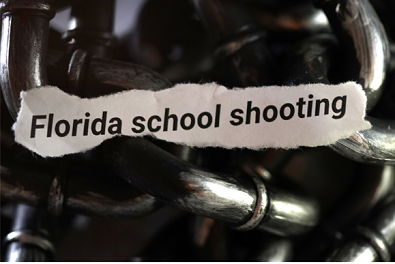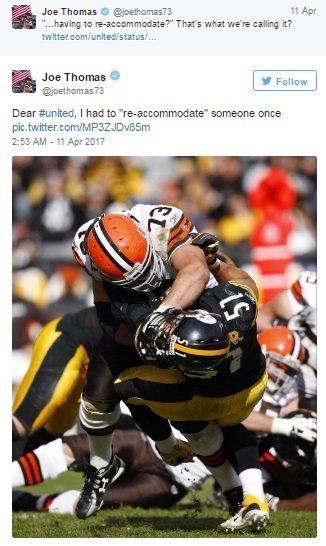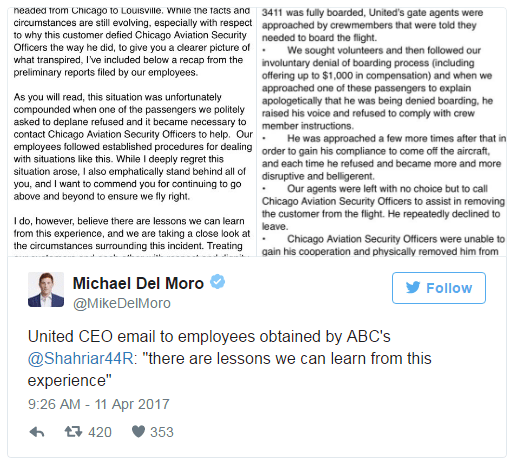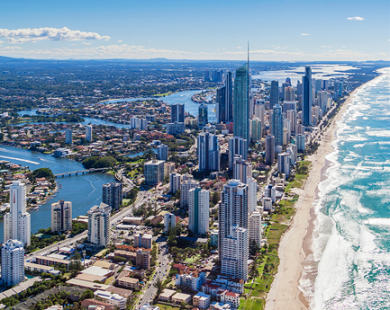When a Crisis Hits – What to say and how to say it

Crisis communications planning should happen well before an organisational crisis occurs.
Schools, for example, face a myriad of headline grabbing issues on a regular basis.
Headlines about bullying, hazing and drugs are bad enough, but news of school shootings are now all too common.
When I’m reading and watching these news stories, obviously my heart goes out to the victims and others involved – but also, I can’t help but think about what’s going on for the reporters and the school as they deal with the situation, especially when kids have been injured or killed.
During a situation like this, the pressure on news editors to get information from journos on the ground is immense. That means the school is under pressure to make comment whilst dealing with an intense situation.
You can debate the ethics endlessly.
Should journalists be seeking comment from people under such difficult circumstances?
How do you report such a story and what photos and vision do you show?
But any shooting or incident involving injuries or death is a major news story.
It’s the job of a journalist to cover it the best they can.
As I watched the Marjory Stoneman Douglas High School shooting in Florida, I thought of the teachers and students going about their day, only to have it shattered in a split second.
It would be chaos as emergency services arrive and parents rush to the scene, desperate for information. Adding to the bedlam media crews would be everywhere.
During the Florida incident, and similar incidents, the school would have media wanting comment from staff who probably don’t have all the details. On top of that, everyone’s emotions would be running high.
Schools, like any organisations, can be hit by a crisis at any time. I’ve worked with many schools to prepare them to deal with media during crisis situations.
With so many competing demands, how do they respond to media under extreme pressure, quickly and professionally?
In many ways the media can be your best friend during a crisis, at a school or anywhere else.
Traditional and social media can be used to get messages out to parents and other stakeholders very quickly, if you are organised and realistic about what you can achieve during this time.
Confirmation that something has occurred, and that it’s being dealt with is better than silence.
Then as the details become available, updates can be delivered.
The idea of walking up to a media scrum during a crisis can be confronting.
But journalists can be helpful and sympathetic, especially in the early stages of a crisis.
While they prefer to get information from a trusted source, such as the leadership and emergency service personnel, they’ll take whatever information they can get.
Journalists at the scene are under enormous pressure to get something – anything.
Crisis Communications
Would a school Principal or CEO have time to deliver comment to waiting media while having to deal with hundreds of concerned parents, staff, other stakeholders and emergency services personnel? Probably not.
You must avoid situations where the media is desperate for comment but you’re too busy to speak.
That’s why designated media spokespeople should be ready and a crisis communications plan prepared.
If a crisis communications plan exists, it should be realistic and regularly updated. The plan should be clear and concise, not a two-inch-thick book of complex protocols.
Every organisation should prepare a response before a crisis hits.
They should have media spokespeople already trained to deal with the media; and ready to act during high pressure situations.
A spokesperson should be a confident speaker who isn’t going to be busy with other issues.
Key messages for different potential scenarios can be worked out ahead of time. This can take the pressure off the media spokespeople as they prepare to front the media during a crisis.
Would the senior person in your organisation have time to deal with the media if you faced a crisis?
Information Only
Any information presented on our website is of a general nature only and is not intended as a substitute for professional advice.
Further Assistance
If you want to know more about how Corporate Media Services’ training programs can help you make the most of your media opportunities and avoid the danger zones, contact Corporate Media Services for more information.
Sources

 By
By 


 By
By 